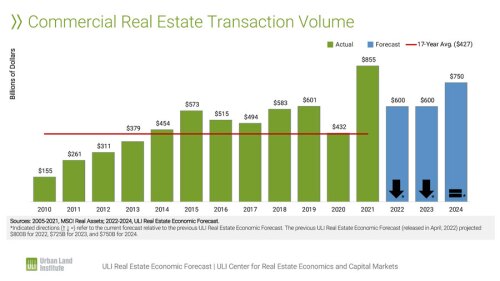ULI Asia Pacific Young Leaders hosted a forum on housing attainability in May with a focus on Australia, China, and Singapore. The event started with a short presentation by Ken Rhee, senior director of ULI China and the primary author of the newly released 2023 ULI Asia Pacific Home Attainability Index. Rhee provided key takeaways from this year’s home attainability report that covers 45 cities across 9 countries in the region including four newly added countries: India, Indonesia, the Philippines, and Vietnam.
The event continued with a panel discussion with three young panelists representing China, Singapore, and Australia: Cindy Xu of Partners Group who is from Shenzhen, China; Dylan Gray of Urbis from Australia; and Dionne Hoh of Boston Consulting Group, who is a native of Singapore. Blake Olafson, the founder of ACRE, a multi-family housing developer, and chair of the ULI Asia Pacific Housing Council, moderated the discussion.
Olafson enquired about the importance of homeownership for the young generation. Cindy Xu responded, “For Chinese individuals, there’s a cultural element in terms of buying a house. They have to buy a house before they even start a family. However, coming down to the new younger generation, they are more than willing to rent.” She explained that the change in attitude may be because there is limited potential for capital appreciation and the young generation prefer more flexibility or mobility in their living arrangement.
Hoh echoed that in Singapore the young generation does not necessarily share their parents’ strong preference for home ownership. Gray shared that Australia’s new generation of buyers has a more flexible mindset towards homeownership due to economic challenges and a lack of capital appreciation similar to previous generations.
The group also discussed the value of “community” for younger generations in choosing where to live. One view was that young people are willing to live in smaller units if they can have access to common facilities and have opportunities to meet other renters of similar age and interests. Dionne Hoh commented that some people definitely prefer autonomy and privacy when they stay at home.
Participating as a member of the audience, Bennett Theseira, managing director and Head of Real Estate for Asia Pacific at PGIM Real Estate and chair of ULI Singapore, was asked about “co-living” assets as an investment class. Theseira shared his view that the “co-living” concept is promising but still relatively new and needs to be proven out. He pointed out that as co-living leases tend to be shorter than traditional rents, revenue streams from co-living assets can be less stable.
Another topic of discussion was BTR (Built-To-Rent) or multi-family housing units for rent, primarily owned by institutional investors. Olafson explained that in the United States and Japan, multi-family rental homes represent the largest real estate investment class, and in contrast, the Asia Pacific region, except for Japan, has a very limited pool of multi-family rental homes. Xu commented that in mainland China, rental housing may gain significant popularity if renters can send their children to nearby public schools. At present, in mainland China, home ownership is required to be able to send children to popular neighborhood schools. She also added that while home prices are quite expensive in Shenzhen, there is a large pool of informal housing in urban villages which provides relatively inexpensive housing either for purchase or rent. While “informal” homes lack proper property titles, prices, and rents are significantly lower than “formal” homes that have proper property titles.
Gray shared that in Australia, most rental assets are individually owned apartment units and single-family homes. He commented, “BTR is popular but somewhat difficult to implement due to cultural aspects. It’s only one piece of the puzzle.” He also added that to improve home attainability, there should more emphasis on increasing housing supply.
Olafson commented that it is the low-income segment of society that is most house-challenged with limited housing options. As such, more affordable housing supply needs to be added to meet their housing needs.
Olafson also added that construction costs need to be reduced to make housing more affordable. Perhaps, manufactured homes can reduce costs. Also, more flexible debt financing options would help the BTR sector to grow in the region.



